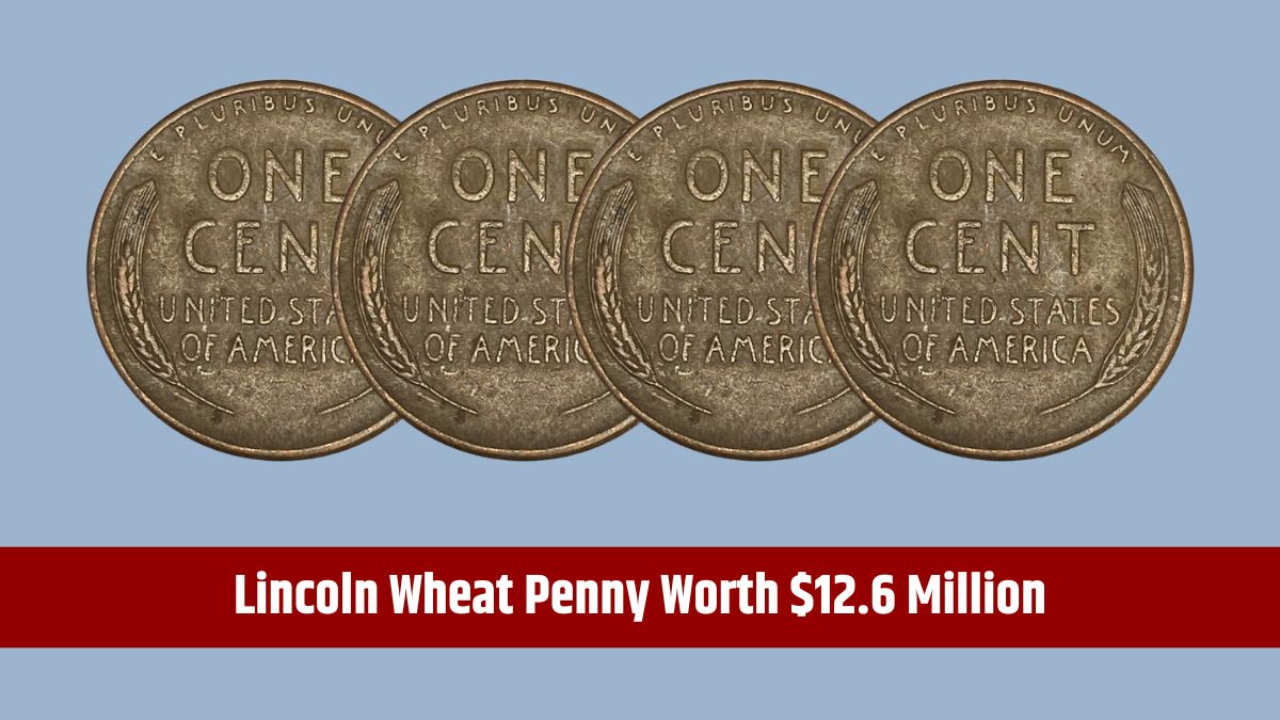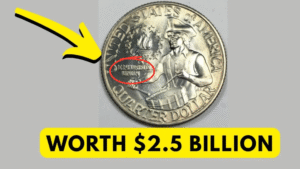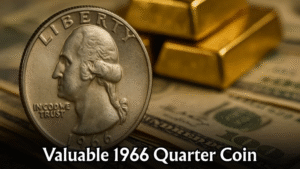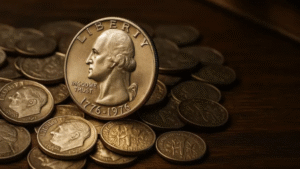Lincoln Wheat Penny Values by Year: Ever wondered if a penny in your pocket could be worth millions? The Lincoln Wheat Penny, minted from 1909 to 1958, is a favorite among collectors, with some years and errors fetching huge prices. This guide breaks down the value of these pennies by year in simple words, helping you spot rare ones. From the 1943 copper penny to the 1909-S VDB, some could still be in your change or old jars. Start checking your pennies—you might find a treasure!
What Is a Lincoln Wheat Penny?
The Lincoln Wheat Penny was first made in 1909 to honor Abraham Lincoln’s 100th birthday. Designed by Victor David Brenner, it shows Lincoln’s face on the front and two wheat stalks on the back, earning its nickname “Wheat Penny.” Over 26 billion were minted until 1958, when the Lincoln Memorial design took over. Most are worth just a cent, but certain years, errors, or perfect condition can make them worth thousands or millions.
Why Are Some Wheat Pennies Valuable?
Certain Wheat Pennies are prized for:
- Low Mintage: Fewer coins made in specific years, like 1909 or 1914.
- Minting Errors: Mistakes like using copper instead of steel in 1943.
- Condition: Shiny, unworn coins (graded MS-65 or higher) are worth more.
- Historical Appeal: Coins from key years or wartime add value.
Top Valuable Lincoln Wheat Pennies by Year
Here are the most sought-after Wheat Pennies by year, with details on why they’re valuable:
1. 1909-S VDB
- Why Rare: Only 484,000 made with designer’s initials “VDB” at San Francisco.
- How to Spot: “1909” date, “S” mint mark, “VDB” on back.
- Value: $700–$100,000 (MS-65).
2. 1914-D
- Why Rare: Low mintage of 1.2 million, heavily circulated.
- How to Spot: “1914” date, “D” mint mark, sharp details.
- Value: $500–$120,000 (MS-65).
3. 1943 Copper Penny
- Why Rare: Struck in copper by mistake instead of steel, only ~20 exist.
- How to Spot: Copper color, weighs 3.11 grams, doesn’t stick to a magnet.
- Value: $200,000–$1.7 million.
4. 1955 Doubled Die Obverse
- Why Rare: Blurry text from double stamping error.
- How to Spot: Doubled “LIBERTY” or “1955” with a magnifying glass.
- Value: $1,000–$15,000.
5. 1922 No D (Plain)
- Why Rare: Denver mint mark missing due to worn die.
- How to Spot: “1922” date, no “D” mint mark, weak details.
- Value: $500–$10,000.
Wheat Penny Value Table by Key Years
| Year & Type | Key Feature | Mint Mark | Estimated Value |
|---|---|---|---|
| 1909-S VDB | Designer’s initials, low mintage | S | $700–$100,000 |
| 1914-D | Low mintage, sharp details | D | $500–$120,000 |
| 1943 Copper | Copper, not steel | None, D, S | $200,000–$1.7M |
| 1955 Doubled Die | Blurry text | None | $1,000–$15,000 |
| 1922 No D (Plain) | Missing “D” mint mark | None | $500–$10,000 |
Other Notable Years
- 1931-S: Low mintage of 866,000, valued at $100–$5,000.
- 1909-S: Without VDB, 1.8 million minted, worth $400–$2,000.
- 1924-D: 2.5 million minted, valued at $50–$1,500.
- 1933: Only 14.3 million made, worth $20–$500.
- 1944-D/S: Overstruck “D” over “S” mint mark, worth $100–$2,000.
How to Spot a Valuable Wheat Penny
To find a rare penny:
- Check the Date: Look for 1909, 1914, 1922, 1931, 1943, or 1955.
- Find Mint Marks: Check for “S” (San Francisco), “D” (Denver), or none (Philadelphia) below the date.
- Test Material: For 1943 pennies, use a magnet—steel sticks, copper doesn’t (copper weighs 3.11 grams, steel 2.7 grams).
- Look for Errors: Use a magnifying glass for doubled text, missing mint marks, or odd colors.
- Check Condition: Unworn, shiny coins are worth more.
Where to Find Wheat Pennies
You might find them in:
- Pocket Change: Some still circulate, though rare.
- Coin Rolls: Get penny rolls from banks to search.
- Old Collections: Check family coin jars, piggy banks, or inherited stashes.
- Coin Shops or Auctions: Visit dealers or check eBay, Heritage Auctions, or GreatCollections.
What to Do If You Find One
- Don’t Clean It: Cleaning can scratch or dull the coin, lowering its value.
- Store Safely: Use a plastic coin holder to protect it.
- Get It Graded: Take it to PCGS or NGC for authentication and grading.
- Sell Smart: Use auction houses (Heritage Auctions), dealers (APMEX), or eBay with clear photos.
Avoiding Fakes
Fakes are common, especially for 1943 copper pennies or 1909-S VDB. Some alter dates or mint marks. Check:
- Material: For 1943, copper doesn’t stick to a magnet and weighs 3.11 grams.
- Details: Look for tampering on dates or mint marks.
- Professional Grading: Only trust PCGS or NGC to verify authenticity.
Conclusion
Lincoln Wheat Pennies from 1909 to 1958 can be worth millions, especially rare ones like the 1943 copper penny or 1909-S VDB. Check your change, coin rolls, or old jars for key years like 1909, 1914, 1922, 1931, 1943, or 1955, and look for errors or mint marks. Get any finds graded by experts and beware of fakes. The thrill of finding a valuable penny makes every search exciting. Start checking your pennies today—you might uncover a fortune!
FAQ
Which Lincoln Wheat Pennies are the most valuable?
The 1943 copper, 1909-S VDB, 1914-D, 1955 doubled die, and 1922 No D pennies are worth hundreds to millions.
Are Wheat Pennies still in circulation?
Yes, some appear in pocket change, bank rolls, or old collections, but rare ones are hard to find.
How do I spot a valuable Wheat Penny?
Check dates (1909, 1914, 1922, 1931, 1943, 1955), mint marks, errors like doubled text, and test 1943 pennies with a magnet.
What makes a Wheat Penny valuable?
Low mintage, errors like wrong metal, pristine condition, and historical significance increase value.
What should I do if I find a rare penny?
Don’t clean it, store it in a coin holder, get it graded by PCGS or NGC, and sell via auctions or dealers.



